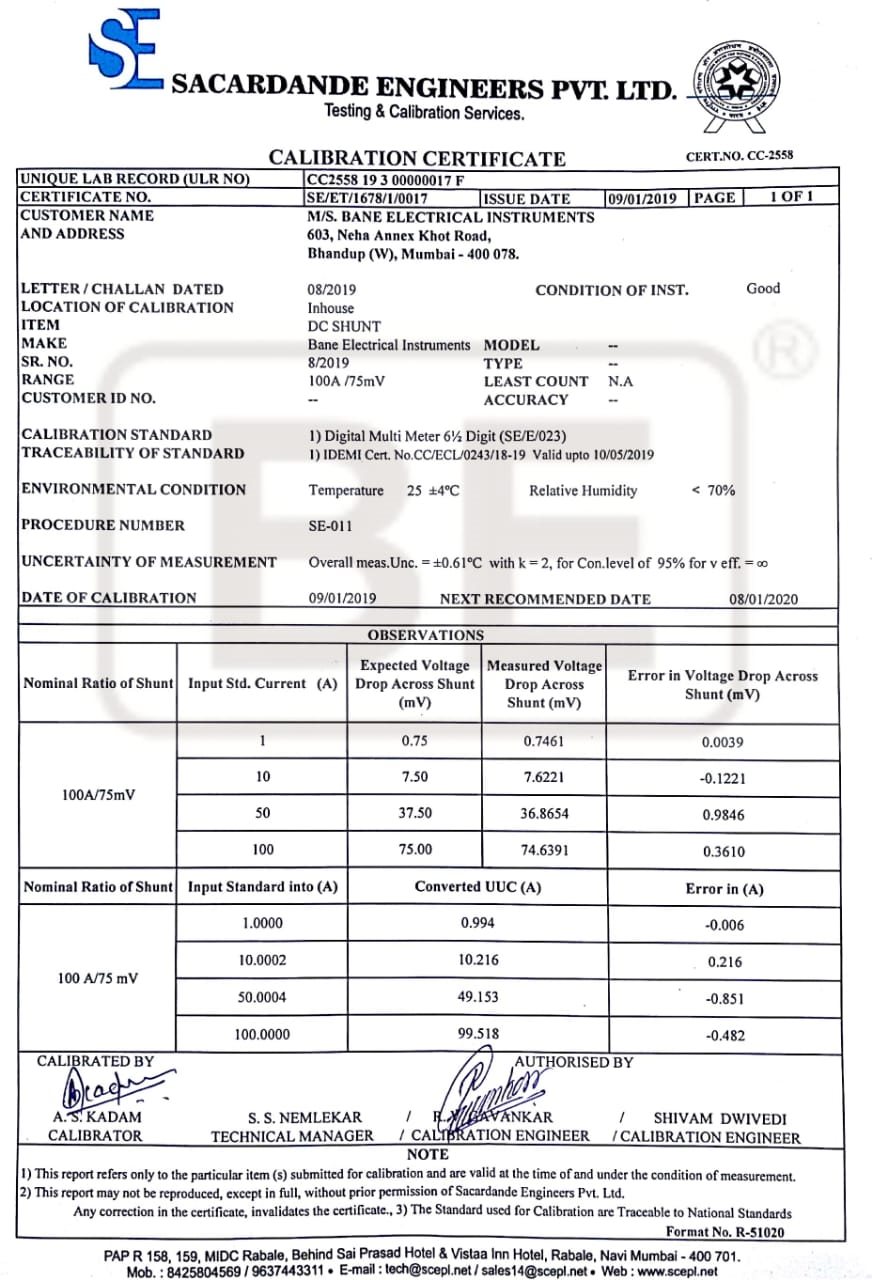Other Parts Discussed in Thread: BQSTUDIO,
Tool/software: WEBENCH® Design Tools
hello ti,
actually my task is to read the high currents i.e above 10a to 100a . so we removed the 10m ohm smd type shunt resistor and replaced 10 mohm shunt type of bus bar which with stand upto 100A .
So i applied the charging current of 0.16Amp to battery , but in bqstudio software it showing 2.6 A . what is mistake we doing ? or any modifications to do in register settings .


